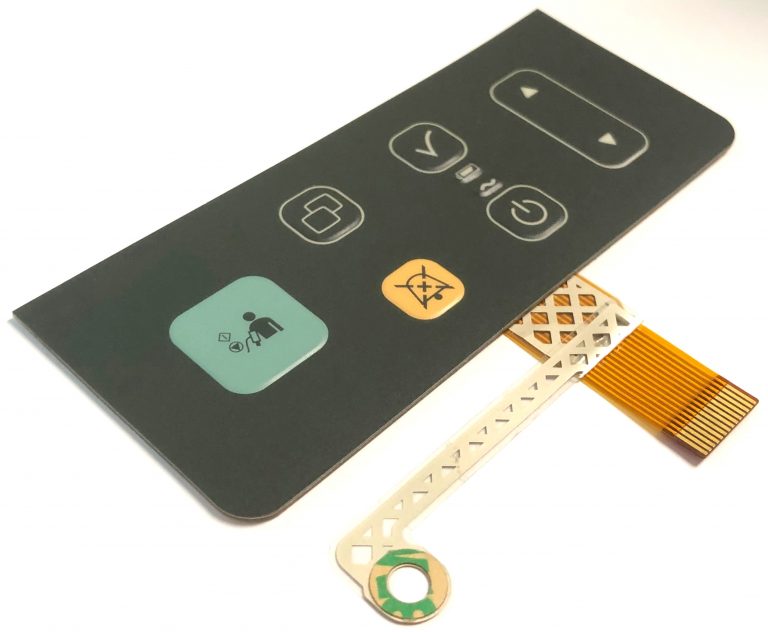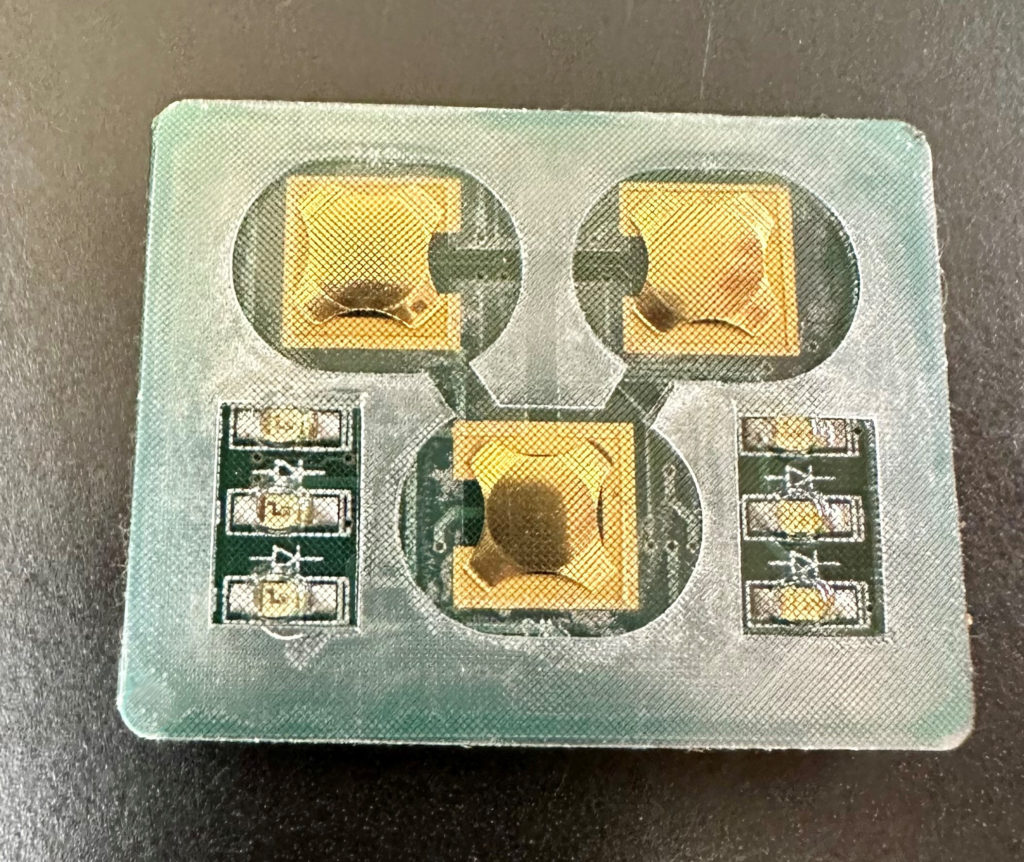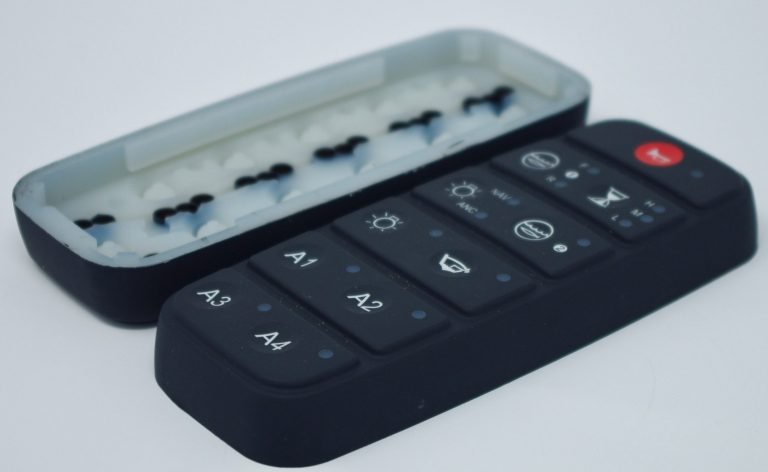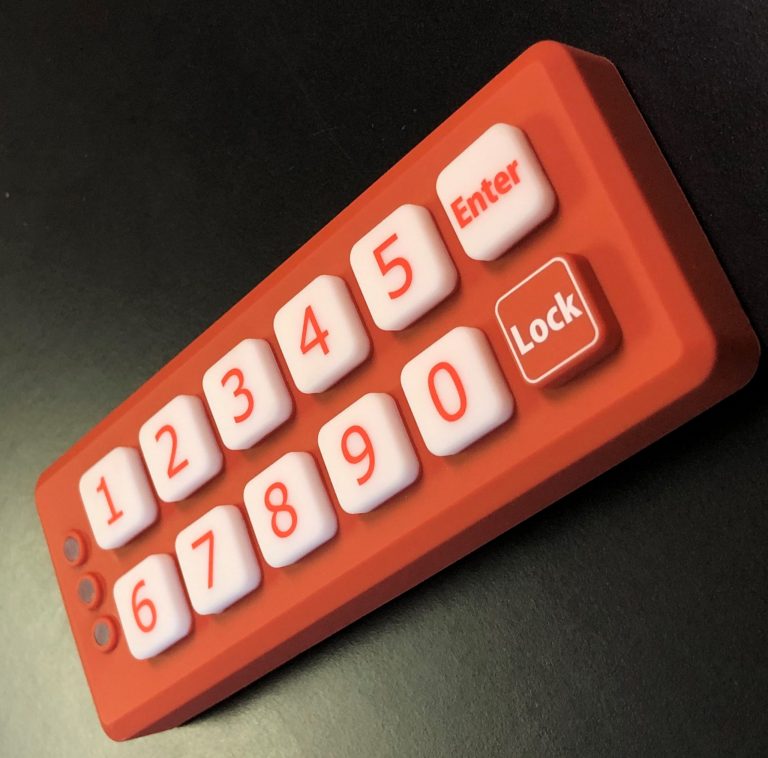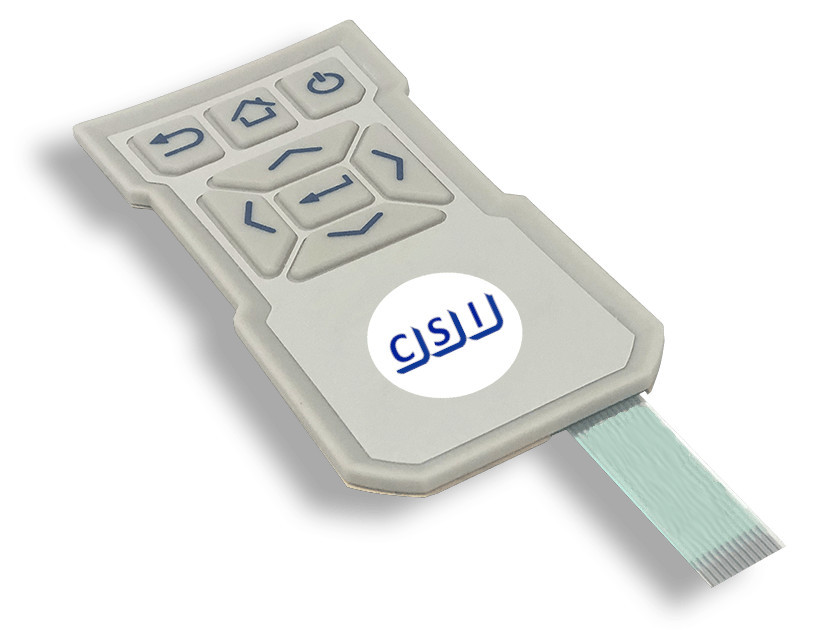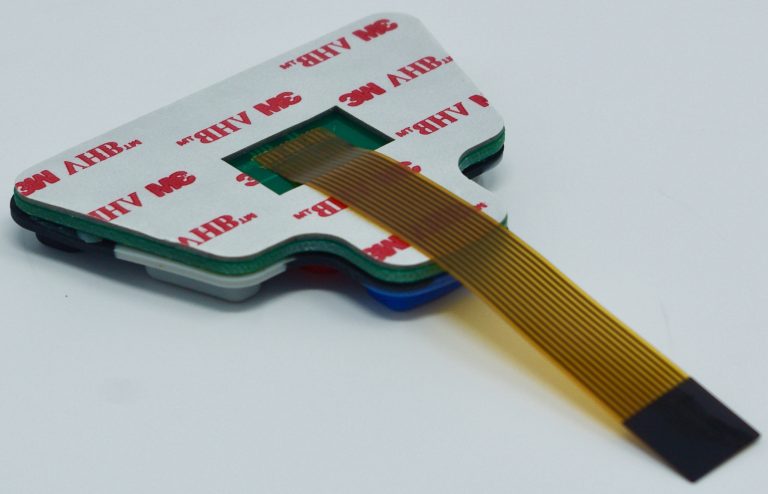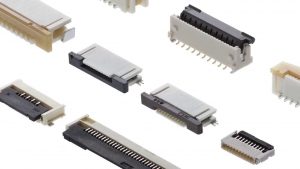Acrylic Adhesives
Acrylic adhesives are a popular choice, and generally considered the industry standard, for membrane switch attachment applications. They provide outstanding adhesion to metal and high surface energy plastics. These adhesives provide some initial re-positionability for placement accuracy when bonding to plastics. They also perform well after exposure to humidity and hot/cold cycles. Typical metals to which acrylic adhesives bond well to are aluminum and steel. Compatible high surface energy plastics are usually ABS, acrylic, and polycarbonate, to name a few. Acrylic adhesives offer outstanding temperature and chemical resistance, as well as excellent shear strength to resist slippage and edge lifting.
A popular acrylic adhesive choice is 3M™ High Performance Acrylic Adhesive 200MP adhesive, which offers the following performance characteristics:
Humidity Resistance: High humidity has a minimal effect on adhesive performance. Bond strength shows no significant reduction after exposure for 7 days at 90⁰F (32⁰C) and 90% relative humidity.
UV Resistance: When properly applied, membrane switches are not adversely affected by outdoor exposure.
Water Resistance: Immersion in water has no appreciable effect on the bond strength. After 100 hours at room temperature, the high bond strength is maintained.
Temperature Cycling Resistance: High bond strength is maintained after cycling four times through: 4 hours at 158⁰F (70⁰C) 4 hours at -20⁰F (-29⁰C) 4 hours at 73⁰F (22⁰C)
Chemical Resistance: When properly applied, nameplate and decorative trim parts will hold securely after exposure to numerous chemicals including oil, mild acids and alkalis.
Bond Build-up: The bond strength of 3M™ 200MP increases as a function of time and temperature
Temperature/Heat Resistance: 3M™ 200MP is usable for short periods (minutes, hours) at temperatures up to 400⁰F (204⁰C) and for intermittent longer periods (days, weeks) up to 300⁰F (149⁰C).
Lower Temperature Service Limit: The glass transition temperature for 3M™ 200MP is -31°F (-35°C). Many applications survive below this temperature (factors affecting successful applications include: materials being bonded, dwell at RT before cold exposure, and stress below the TG [i.e.expansion/contraction stresses, impact]). Optimum conditions are: bonding high surface energy materials, longer time at RT before cold exposure, and little or no stress below the TG. The lowest service temperature is -40°F (-40°C).
Benefits of 3M Membrane Switch Adhesive
3M is a leading manufacturer of membrane switch adhesives, offering a number of benefits for membrane switch design engineers and product manufacturers. From excellent moisture and solvent resistance to exceptional resistance to high temperatures and a high shear strength to withstand the ongoing stress from repeated actuation, 3M membrane switch adhesives are a viable option for a great many membrane switch applications.
3M membrane switch adhesives may also be die-cut, allowing for the use of these adhesives in applications in which selective die-cutting is necessary or desirable. These benefits coupled with UV resistance and easy application make 3M membrane switch adhesives a leading choice among membrane switch designers, although other options do exist in the market. Available in sheets, custom sizes, and rolls, there are a multitude of options to choose from depending on your design and production requirements.




